The bright yellow leaves soon give away the reason for the name “gold drop”. This shrubby plant, very popular in flower beds and hedgerows, enchants everyone with its illuminated hues. And of course it can’t be missing from your garden.
Follow the post with us and find out more about this green or, better, hopscotch.
Gold drop: features and curiosities
The golden drop is a legitimate Latin American species, found throughout South America, as well as in countries such as Mexico and the Caribbean region.
The plant is known as a shrub, woody and perennial type. Therefore, it ends up being widely used as hedges and flower beds.
When unpruned, the drop of gold can reach up to 1.5 meters in height. Another interesting feature of the plant is that it has a fast growth, that is, if you need a species capable of quickly covering an area, bet on the golden drop.
The Golden Drop plant blooms in spring, but only when it is not pruned. The flowers are small and delicate in colors ranging from white, lilac and pink.
In autumn, the golden drop produces small, inedible, toxic and poisonous fruits for humans and domestic animals. However, birds consume without any harm.
How to plant a golden drop
To plant a drop of gold you will need a seedling already at the replanting point, or make your own seedling. To do this, just remove a branch of about 15 centimeters, preferably from the tips, of an already mature and healthy plant.
Dip this branch in a glass or jar of clean water and wait for the roots and first shoots to appear.
The next step is to plant this seedling in a pot or bag until the plant is stronger and more resistant. This process takes about 15 days.
After waiting for this period, transplant to the definitive location. It can be a vase or bed, the important thing is to ensure fertile and fertilized soil for the plant to grow. Also remember to provide a good drainage system if the drop of gold plant is planted in a pot.
For this, the tip is to fill the bottom of the vase with expanded clay and charcoal. Then, lay a layer of bidim blanket or a piece of TNT to facilitate the drainage of water and prevent soil and nutrients from being lost.
In beds, the ideal is to keep a minimum distance of 30 centimeters between one seedling and another.
How to care for a golden drop
The drop of gold plant is rustic and easy to care for. But, not really, she does not need some important care. Here’s how to take care of the golden drop correctly:
Lighting and temperature
The Golden Dot needs direct sunlight to stay beautiful and healthy, including the golden yellow hue of the plant is a result of its exposure to the sun. Species cultivated in the shade do not have this color, leaving greenish leaves.
watering
In order to get the irrigation of the golden drop right, the ideal is to offer water only when the soil is dry. The plant does not tolerate waterlogged soils, so reduce watering in winter. In summer, watering can be more frequent, but still without exaggeration. Just can’t make the soil too dry.
Fertilizing
Every plant grows more beautiful and healthier when it has a good supply of nutrients. With the drop of gold it would be no different. Despite not being demanding, it is important to maintain regular fertilization.
Whenever possible, the best option is organic fertilizer, from composters, or bovine manure.
To encourage flowering, fertilize the plant at the beginning of the seasons.
Pruning
One of the biggest demands of the golden drop is related to pruning. It needs to be pruned frequently so as not to lose its shape. It is also worth mentioning that the gold pingo is one of the favorite species for those who appreciate the art of topiary. In other words, this is a plant made to be pruned. However, if you want to see your golden drop bloom, pruning cannot be as frequent.
A drop of gold in landscaping
Versatile, the drop of gold can be used in different ways in the outdoor landscaping of gardens and public areas, such as sidewalks, for example.
The most popular way to use the plant is in flowerbeds and hedgerows, being very common also on the edges of sidewalks and public paths.
One of the biggest advantages of the golden drop in landscaping is the possibility to prune and format it as you wish. This guarantees numerous options for gardening.
The golden drop also stands out in the company of other species, as its golden leaves usually work very well with plants of other shades, especially those with a darker green tone.
Inside the house, the plant also has its prominent place. The golden drop plant in the pot is just as popular as it is in the garden. In fact, it ends up being used a lot in the art of bonsai. So it is! It is not uncommon to see a bonsai dripping with gold around.
Curious to see this beautiful plant in action? Then, follow the 30 images of a golden drop adorning the most different landscape projects. Get inspired!
Image 1 – Gold drop in the vase: highlight the decoration with the golden leaves of the species.
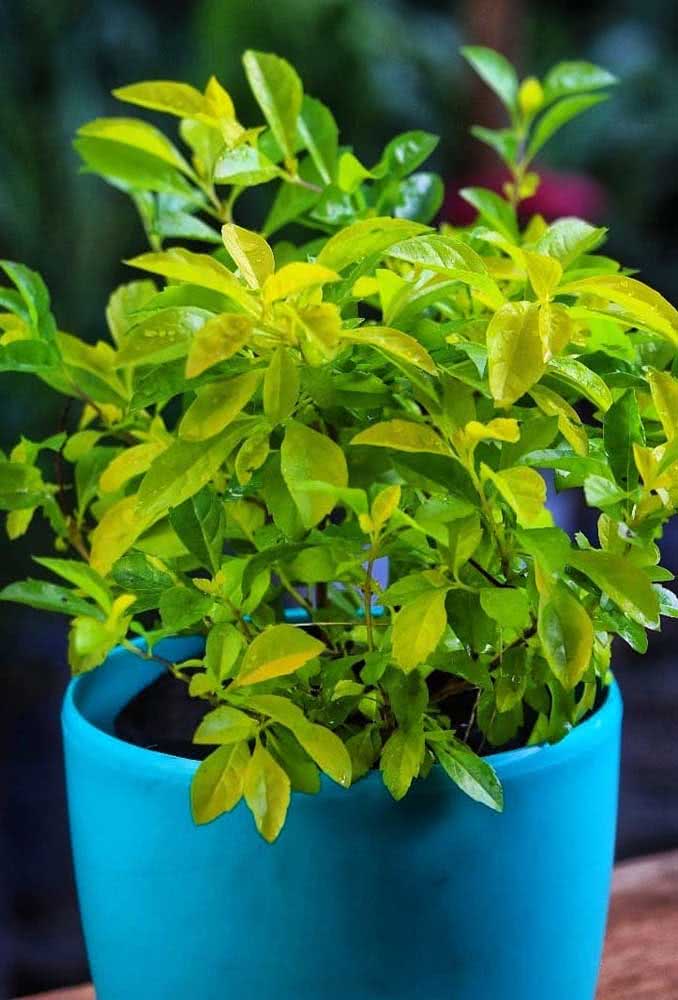
Image 2 – Gold drop hedge for those looking for a topiary option in the garden.
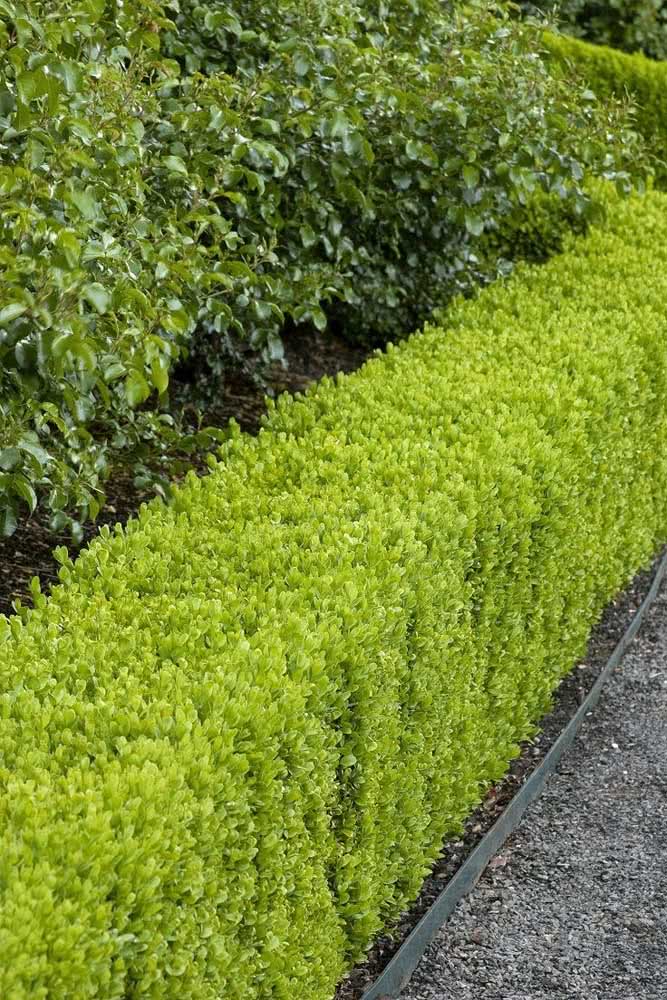
Image 3 – Bonsai drop of gold: a miniature perfection.
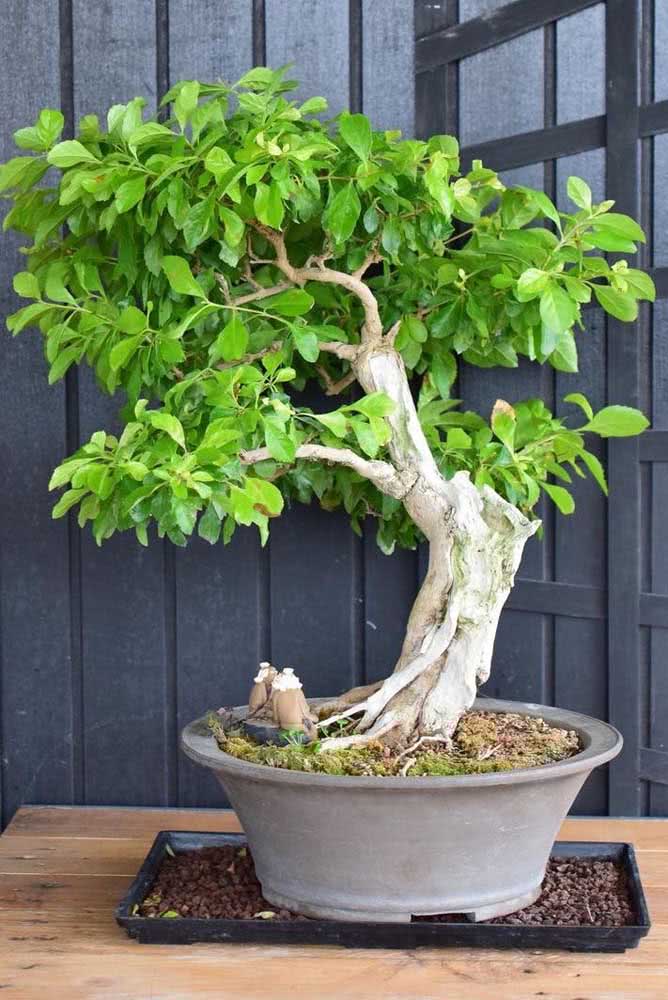
Image 4 – To grow the drop of gold plant in the pot, make sure it will receive the necessary amount of sunlight.
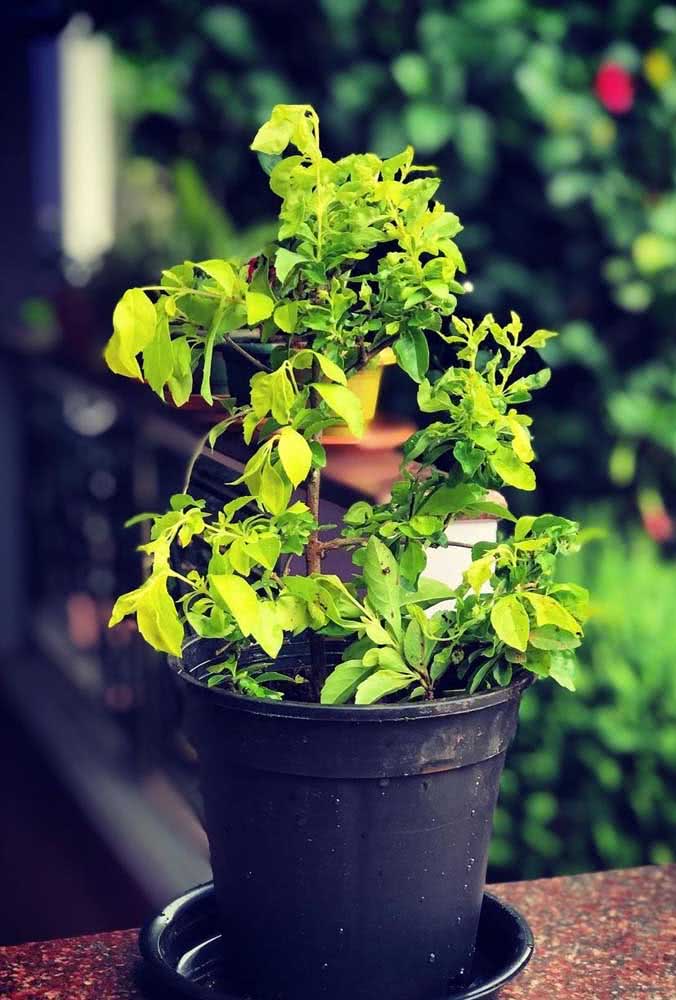
Image 5 – Model and draw the gold drop as you wish according to your landscape project.
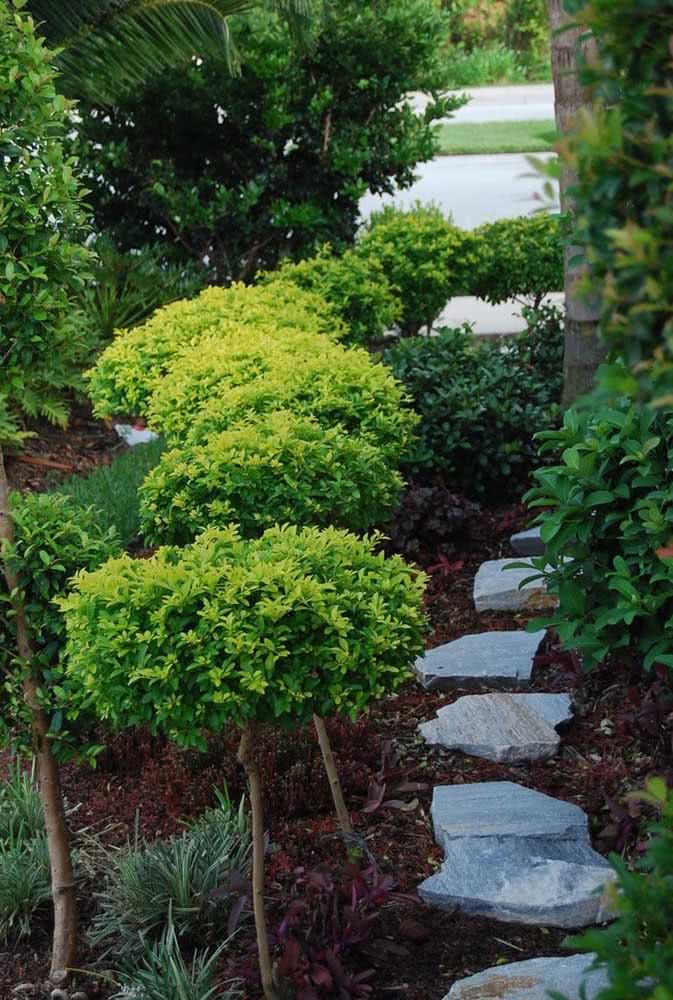
Image 6 – Golden and illuminated leaves for a cheerful and colorful garden.
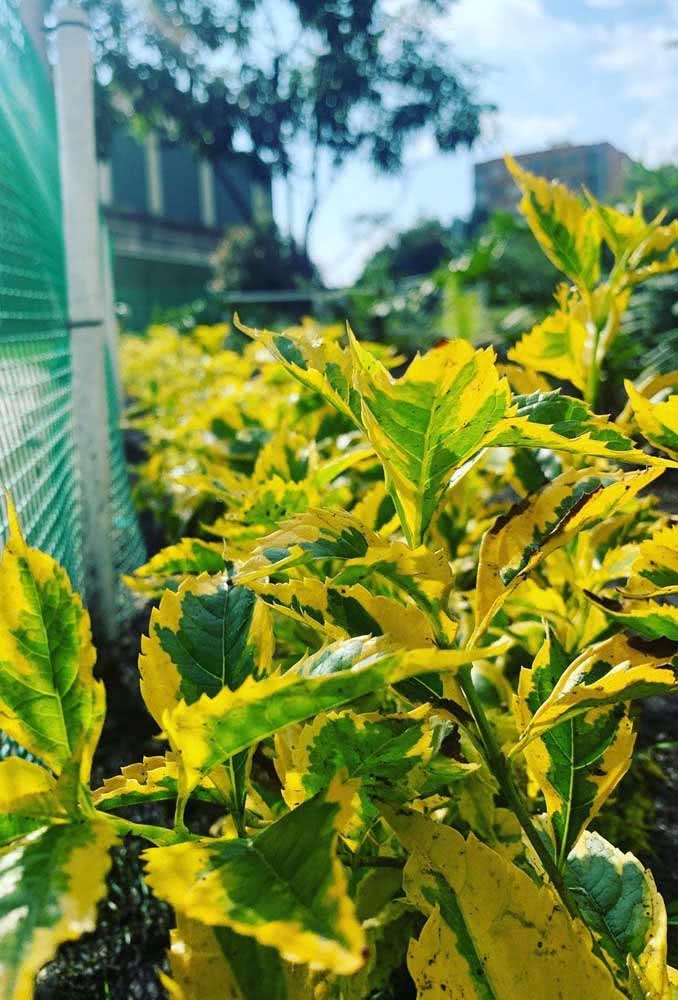
Image 7 – Here, the highlight goes to the contrast between the golden leaves of the drop of gold and the red wall.

Image 8 – The bigger the pot, the more the golden drop plant grows.
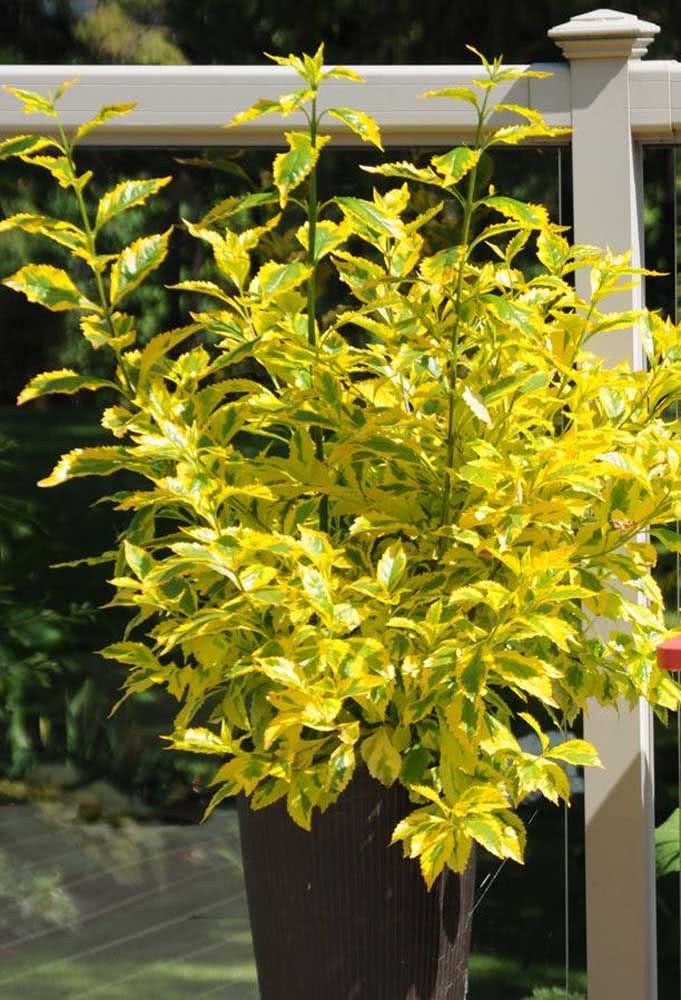
Image 9 – Mini gold drop shrubs for the house’s small flowerbed.
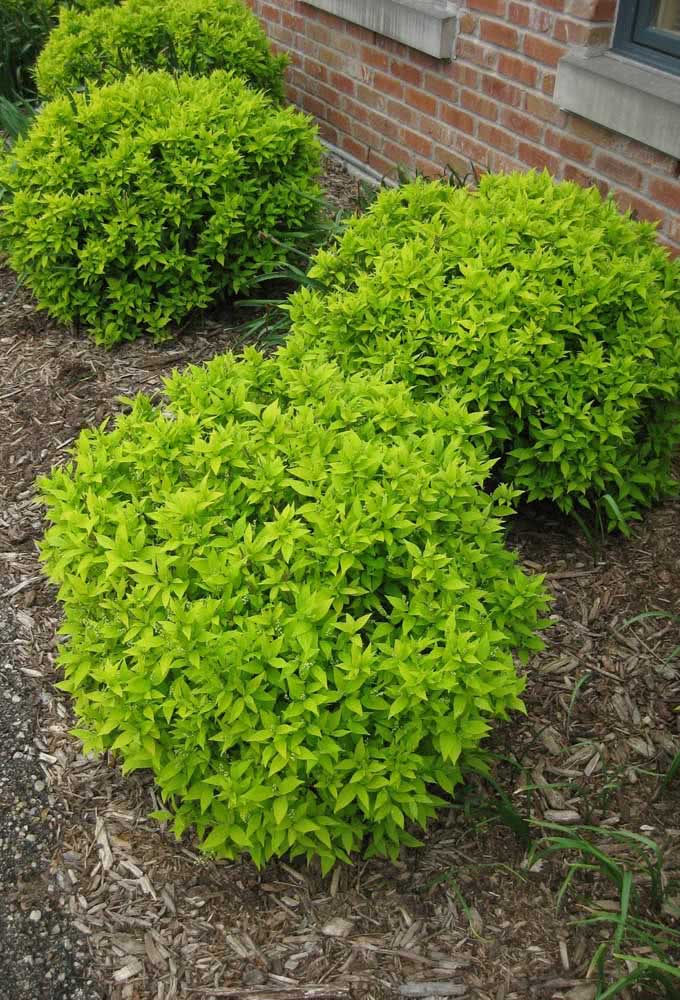
Image 10 – A perfect pruning to ensure the classic and “tidy” look of the gold drop.
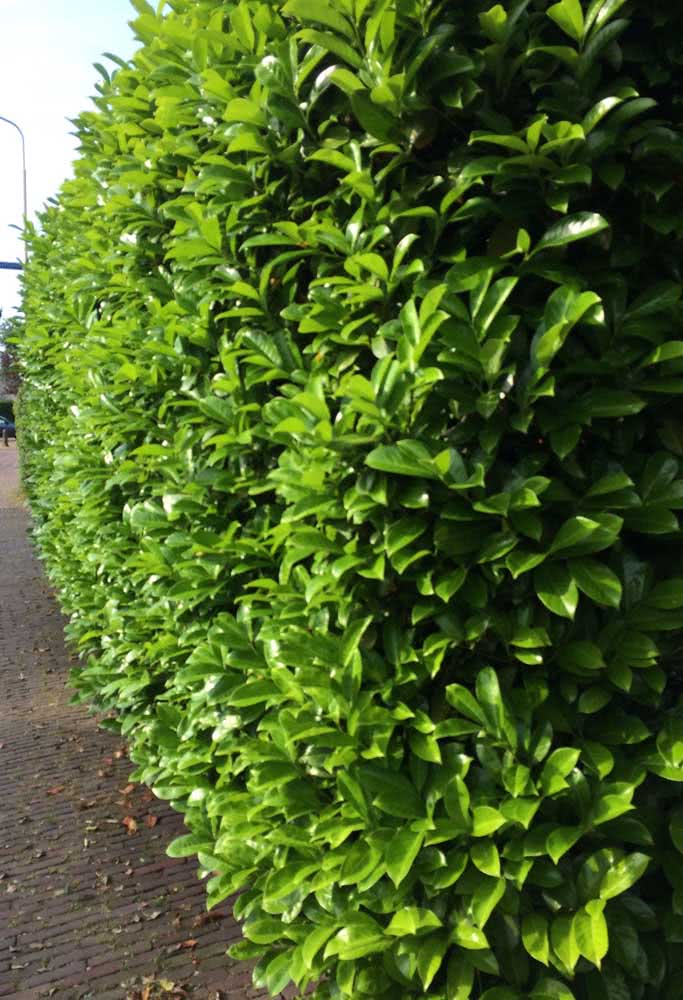
Image 11 – Seedling with a drop of gold just waiting for the moment to be planted.
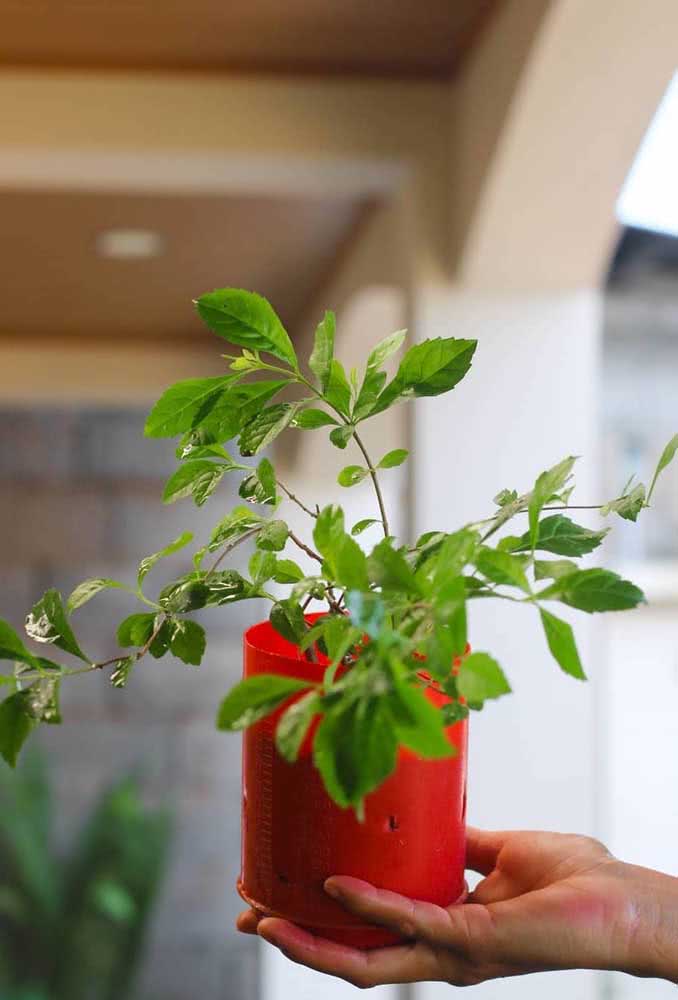
Image 12 – Here, the drop of gold even seems to pay homage to the colors of the Brazilian flag.

Image 13 – The art of topiary highlighted in the small shrubs of the pingo de ouro.
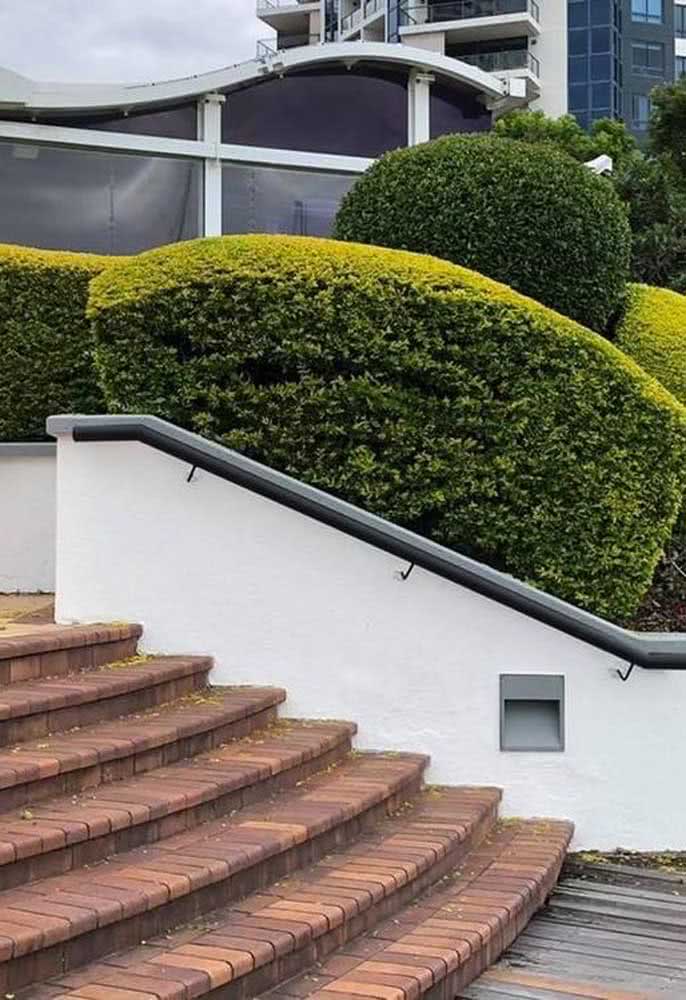
Image 14 – Without pruning, the golden drop is capable of flowering and bearing fruit.
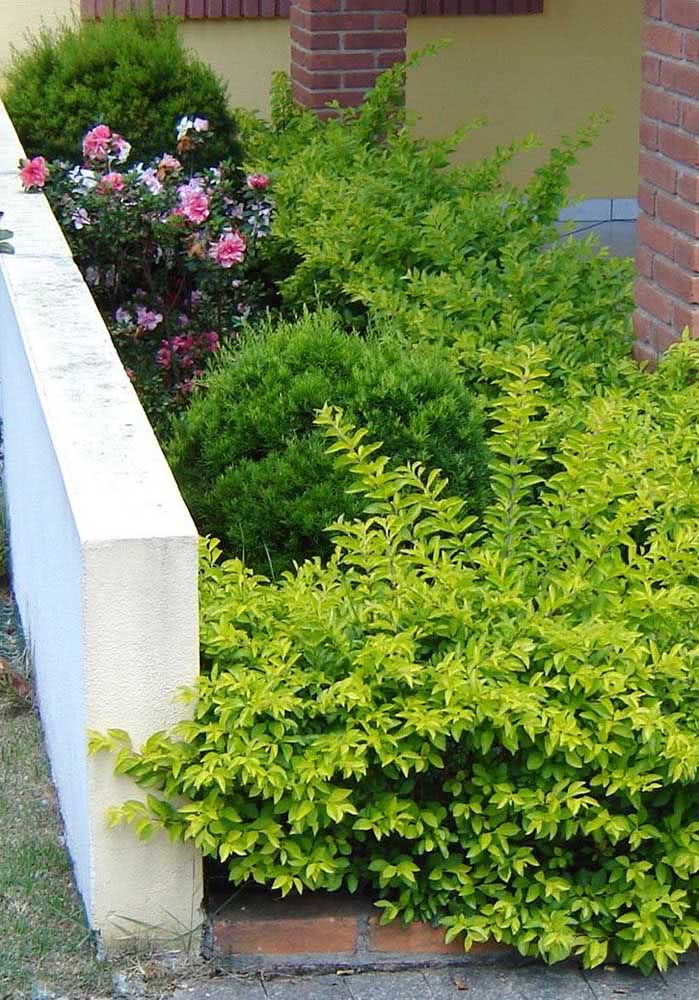
Image 15 – Gold drop bush on the sidewalk reaching its full growth potential.
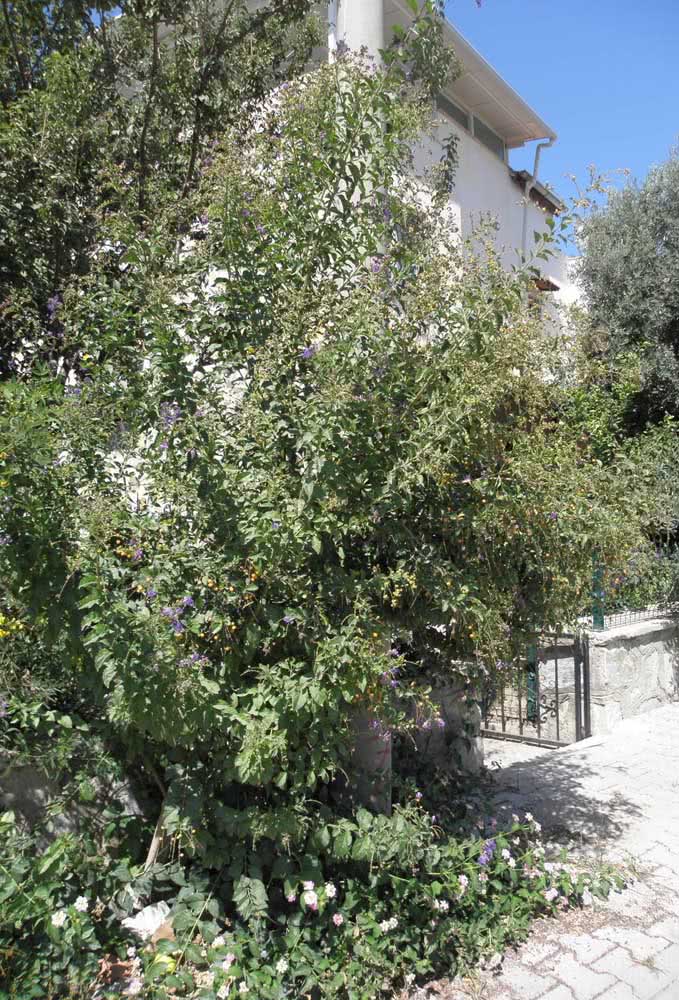
Image 16 – That contrast between the green of the grass and the yellow of the drop of gold.

Image 17 – Delicate flowers appear every year in the golden drop that grows naturally without pruning.
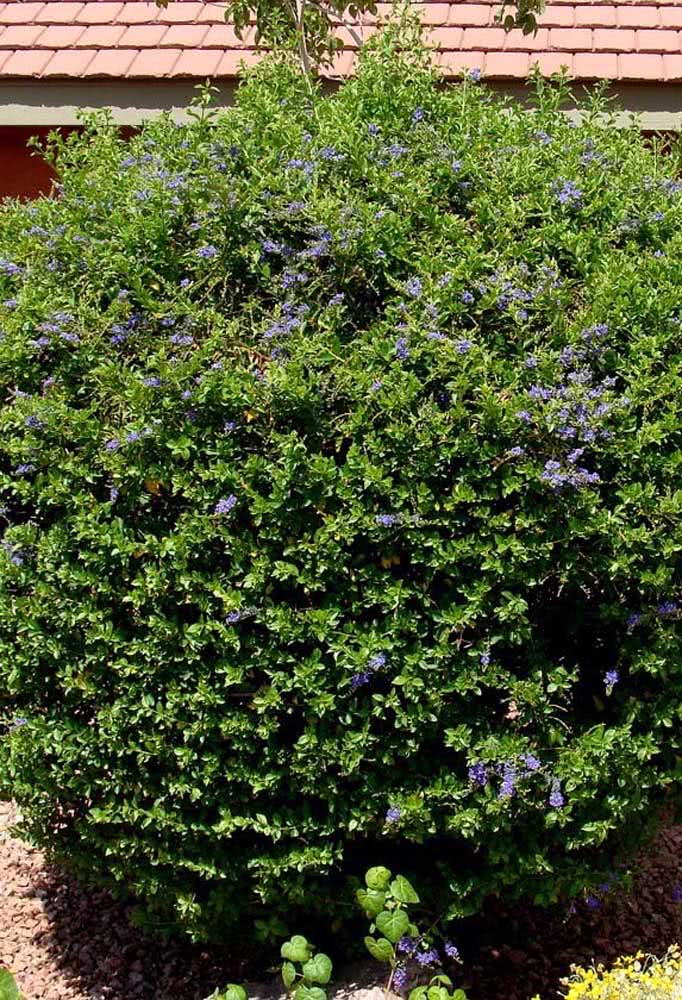
Image 18 – Pingo de Ouro with flowers in a rustic and stripped-down version.

Image 19 – Illuminated and radiant!
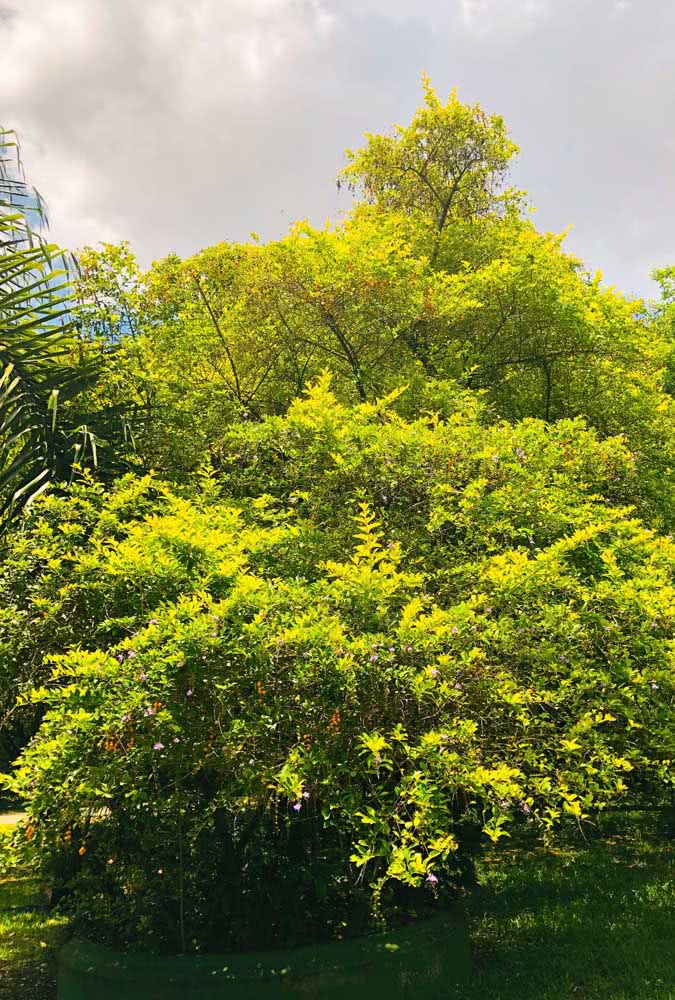
Image 20 – Border of flowerbed with gold drop. A great option for entry to farms and rural properties.
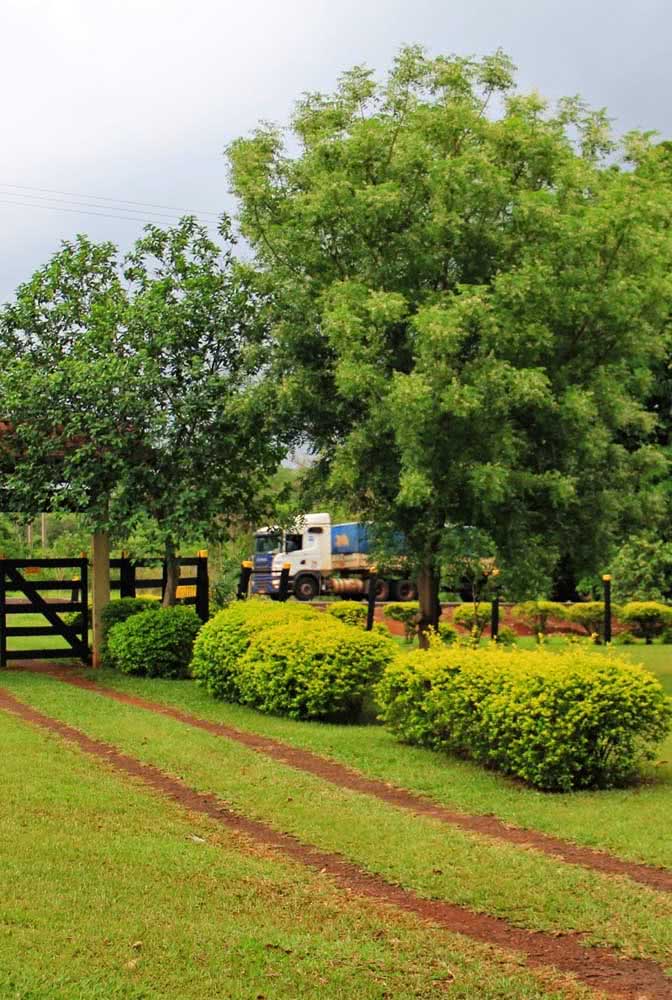
Image 21 – Gold drop on the sidewalk ensuring the protection of species in the back.
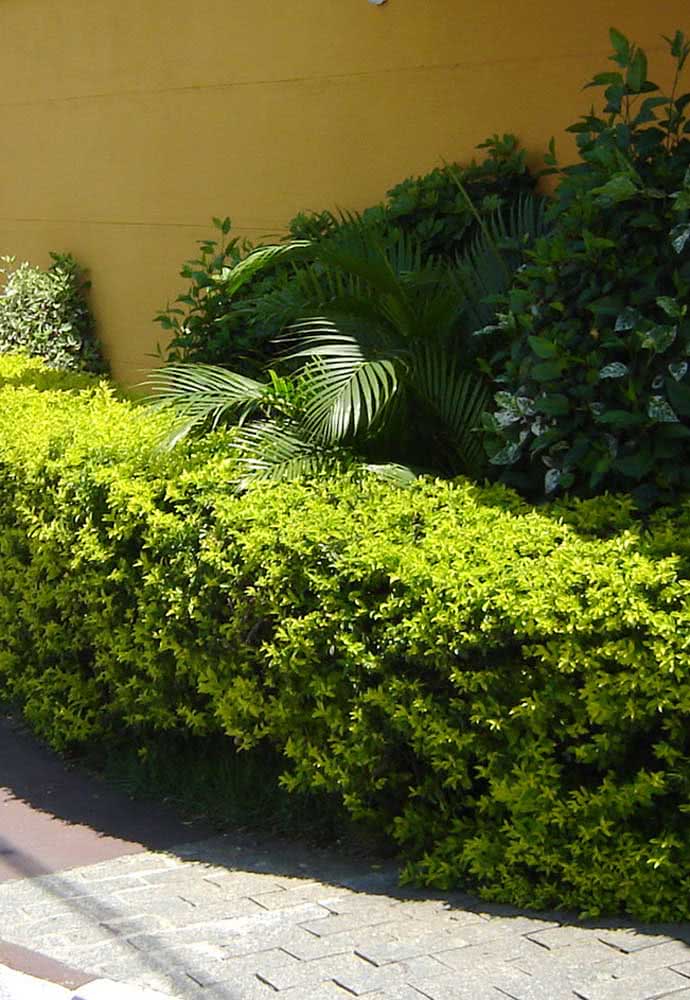
Image 22 – Composition of drop of gold with other species. Beauty resides in contrast.
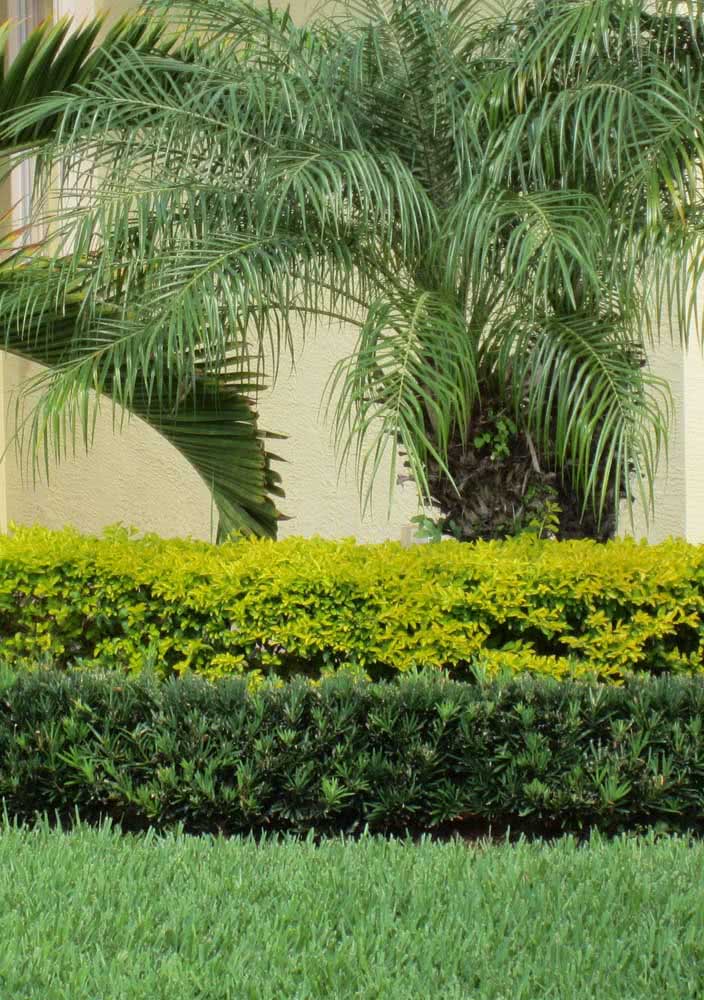
Image 23 – Pingo de Ouro in the garden: a popular flowerbed in Brazilian houses.

Image 24 – Close to the wall, the drop of gold also reveals its beauty and ability to take on various forms.
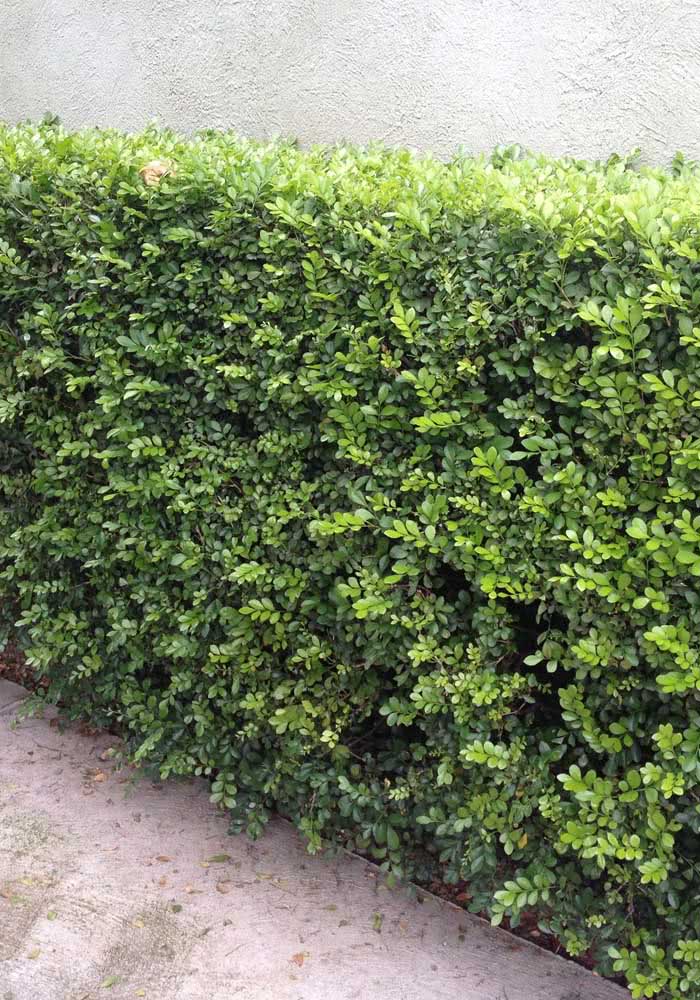
Image 25 – Modern garden with gold drop bed.
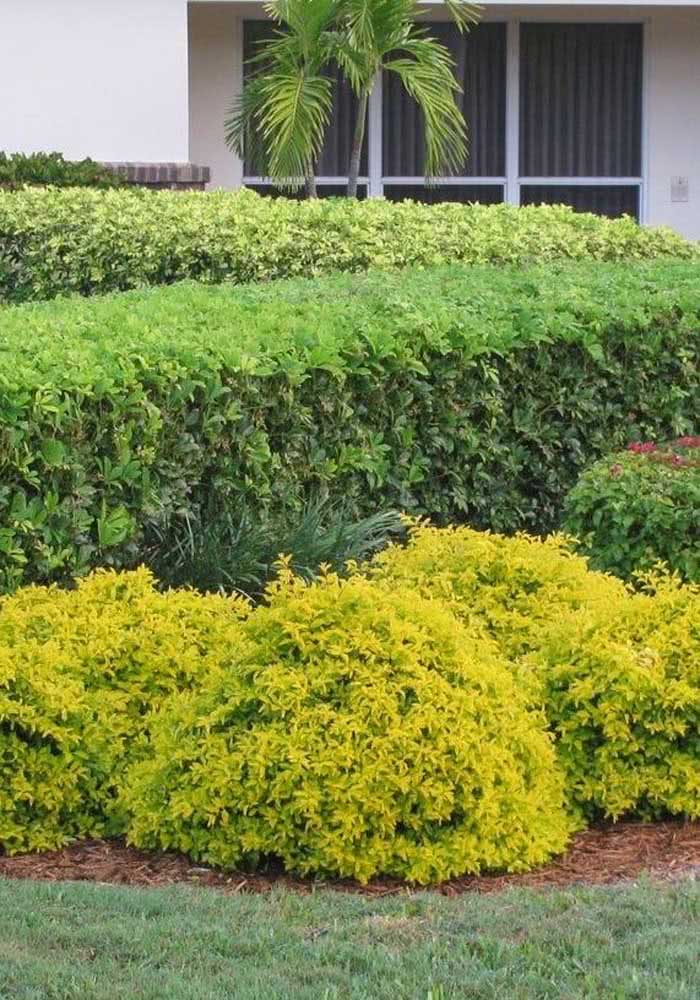
Image 26 – Gold drop bush growing freely on the outside of the house.
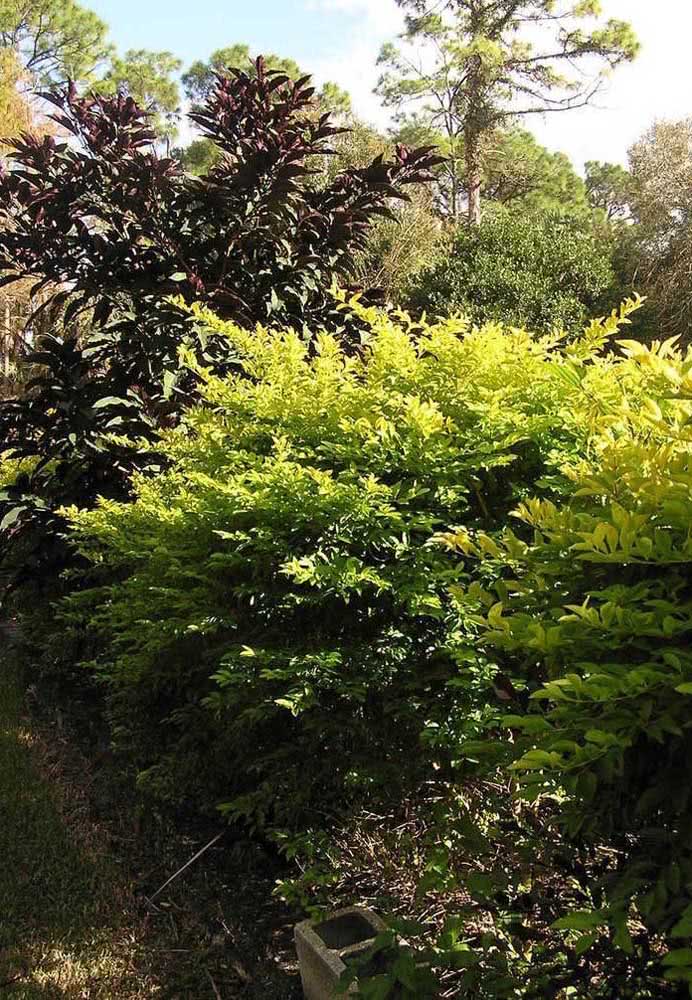
Image 27 – Have you thought about making topiary in the vase? Here, this is possible with a drop of gold.

Image 28 – A golden drop vase highlighted in the entrance hall.
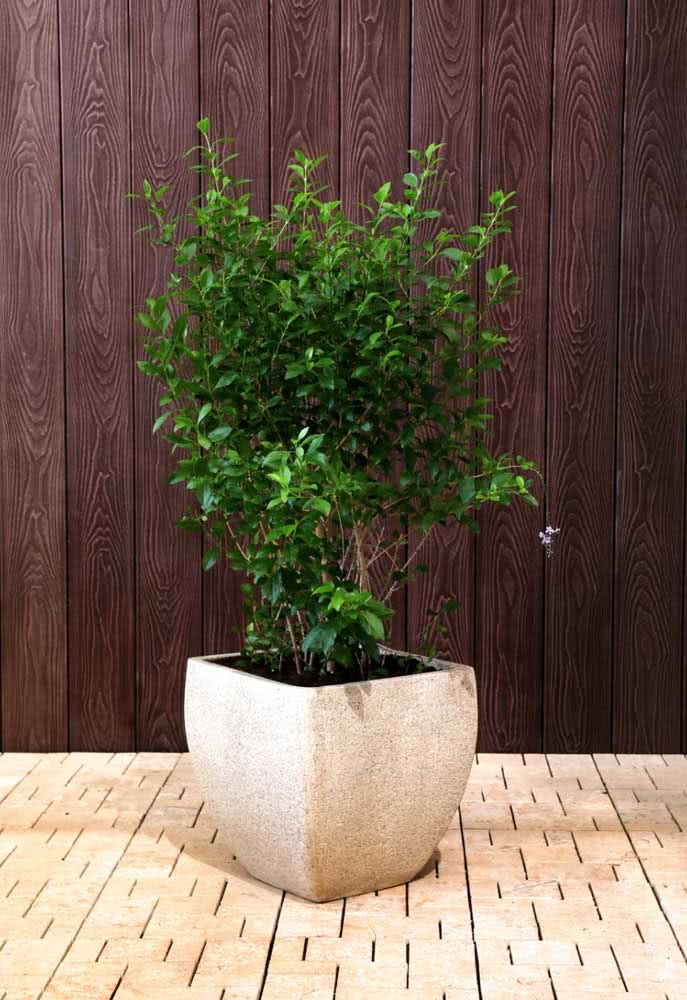
Image 29 – The most classic way of all to use the drop of gold: in small shrubs in the garden.

Image 30 – How about a gold drop hedge at the edge of the pool?




